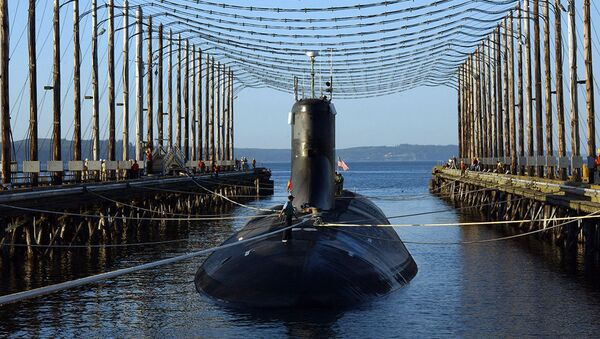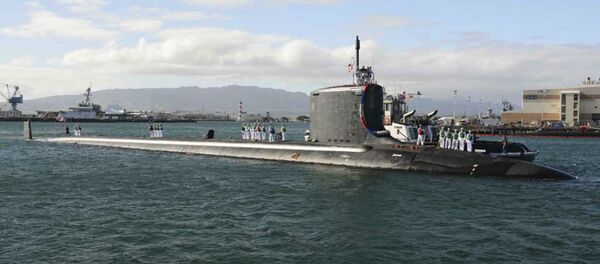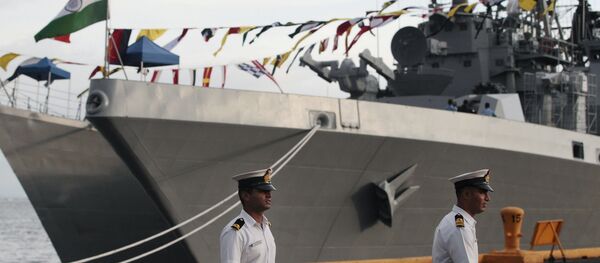The secretive New Delhi program to build their own nuclear submarines was approved in February 2015. "It has kicked off and I will leave it at that. It is a classified project. The process has started," said Admiral Sunil Lanba, the top dog in the Indian Navy, on Friday.
At present, India has two nuclear-powered submarines: the domestically built INS Arihant and the INS Chakra, an Akula-class submarine that New Delhi has leased from Russia until 2022.
The new subs are part of the Make in India program, a key initiative of Prime Minister Narendra Modi to encourage both Indian and foreign companies to manufacture goods on the subcontinent.
One major part of Make in India is to reduce India's reliance on foreign powers in defense manufacturing. Much of the Indian military's armaments are manufactured elsewhere.
The program has met with mixed success: the Indian-made Nag anti-tank missile wowed in tests, while the homemade Akash surface-to-air missile has been a $4 billion disaster of a program that took over seven years to become operational.
They'll need the extra muscle if they want to butt heads with the People's Liberation Army-Navy (PLA-N). China-India relations have hit a half-century nadir after the world's two most populous nations nearly went to war over the disputed Doklam Plateau over the summer.
More recently, PLA-N warships have been deployed to the Pakistani port of Gwadar, which Lanba described as a "security challenge" that India would "mitigate."
Lanba added that the Indian Navy was ready to participate in the much-discussed quadrilateral coalition between India, the US, Japan and Australia. The four nations have strengthened ties in the face of a rising Beijing, with the US, Japan, and India cooperating during the July Malabar naval exercises that involved 18 warships.
"We are all aware of the prevailing security scenario in our maritime domain. The continued presence of both traditional and non-traditional threats in the maritime domain demand constant attention and robust mitigating measures," Lanba told reporters.
New Delhi intends to expand its area of naval operations as far west as the Gulf of Aden and conduct a series of operational readiness exercises in 2018. "The continued presence of both traditional and non-traditional threats in the maritime domain demand constant attention and robust mitigating measures," said Lanba.
While nuclear submarines are expensive to produce, they are far superior to conventional diesel-powered electric submarines. They are faster, more powerful, more versatile and have a wider range since they can stay underwater for much longer without needing to resurface and refuel or recharge. Their additional range and power also make them perfect to equip with ballistic missiles.





